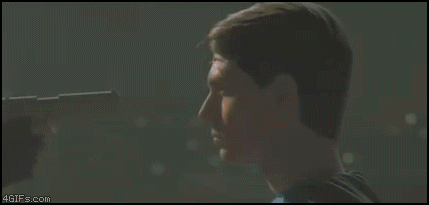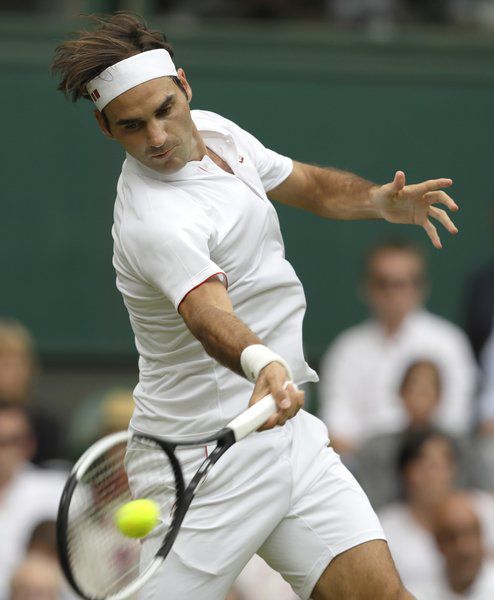@FRV2
The average (simple)
visual reaction time (RT) for humans is probably closer to 250 ms according to numerous sources. For elite athletes, simple (non-choice) visual RT is quicker than this -- possibly in the 150 to 180 ms range.
Auditory and
touch RT is faster than visual -- something on the order of 50 ms quicker. It takes the brain longer to process visual images than it takes to process sound or touch. Athletes will often have an auditory RT < 150 ms. It makes a lot of sense to
listen to the sound of the ball on your opponent's stringbed, Elite athletes will often have an auditory RT in the 100-130 ms range. (Note that 100 ms is the 'false start' criteria for sprinters).
Choice visual RT can possibly/likely be improved thru training.
Simple visual RT improvement, perhaps. As you suggest, it is quite true that RT scores can be improved on tests. One simply gets better at performing the tests. But does this carry over at all to tennis and other sports? To some (lesser) extent, it appears that it is possible that it will transfer. In the late 1980s, I was doing
Sports Vision Training with a behavioral optometrist. It helped simple and choice RT, hand-eye coordination, eye convergence, tracking, peripheral awareness, subliminal awareness and other cognitive-visual skills for both my badminton and tennis games.
In the 1990s, I came across a software suite of elementary cognitive tasks (ECT) known as ThinkFast. (Sadly, this ECT software has not been available since 2007). I would often perform a set of my ThinkFast tests for 10 minutes or so prior to heading out to the tennis or badminton courts. These ECT tests served as a barometer (feedback) for my mental state and visual skills (auditory skills to a lesser extent). Performing select TF tests also served to get the cobwebs out. Unless I was very seriously sleep-deprived or mentally fogged, the tests had the ability to "
wake up or energize my brain". By doing so, my RT and other visual skills were heightened (close to my peak).






